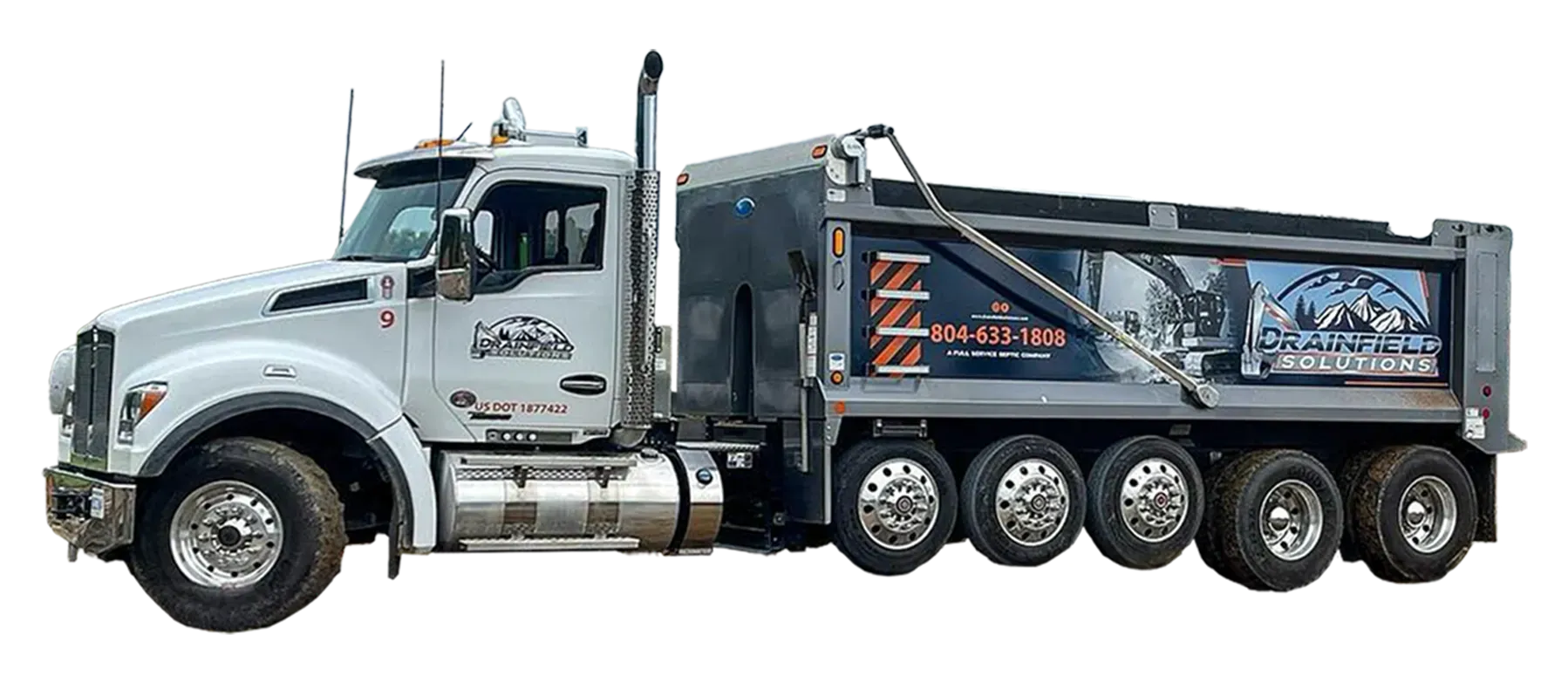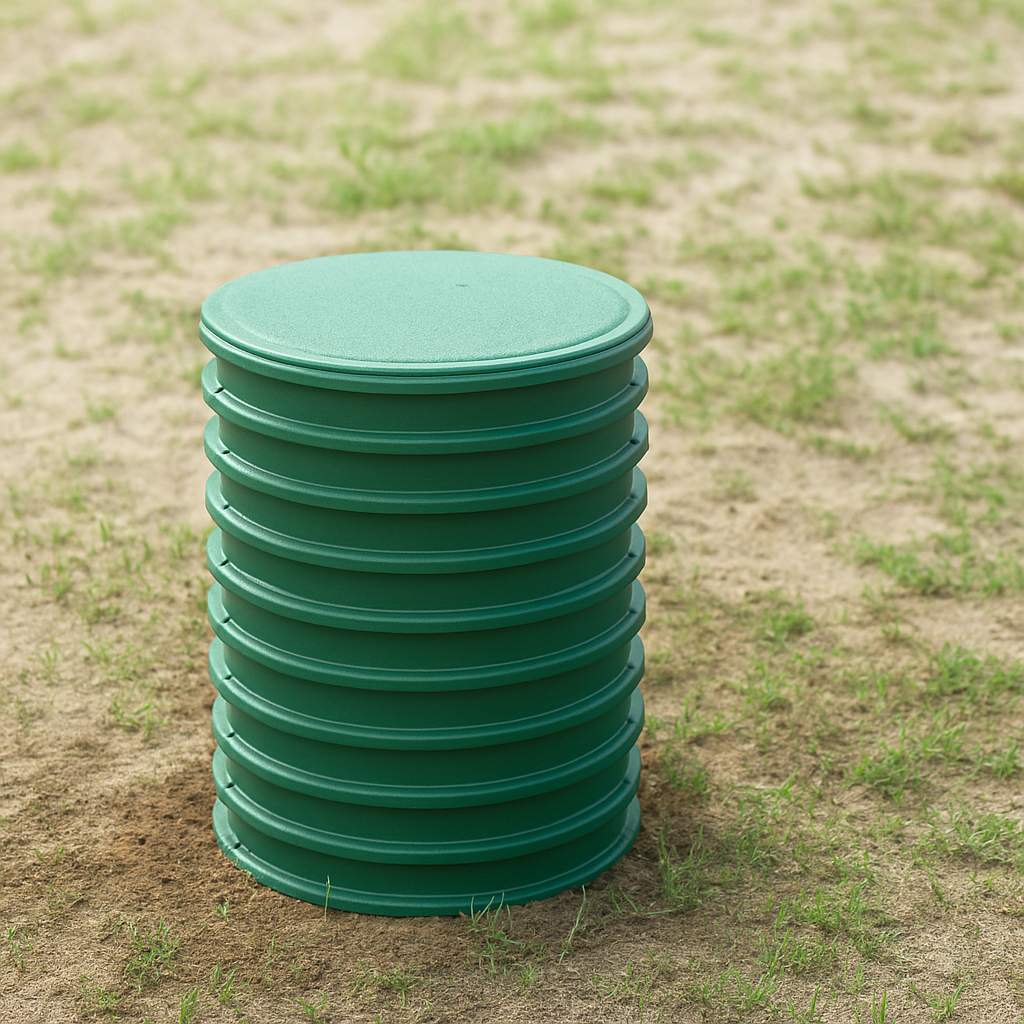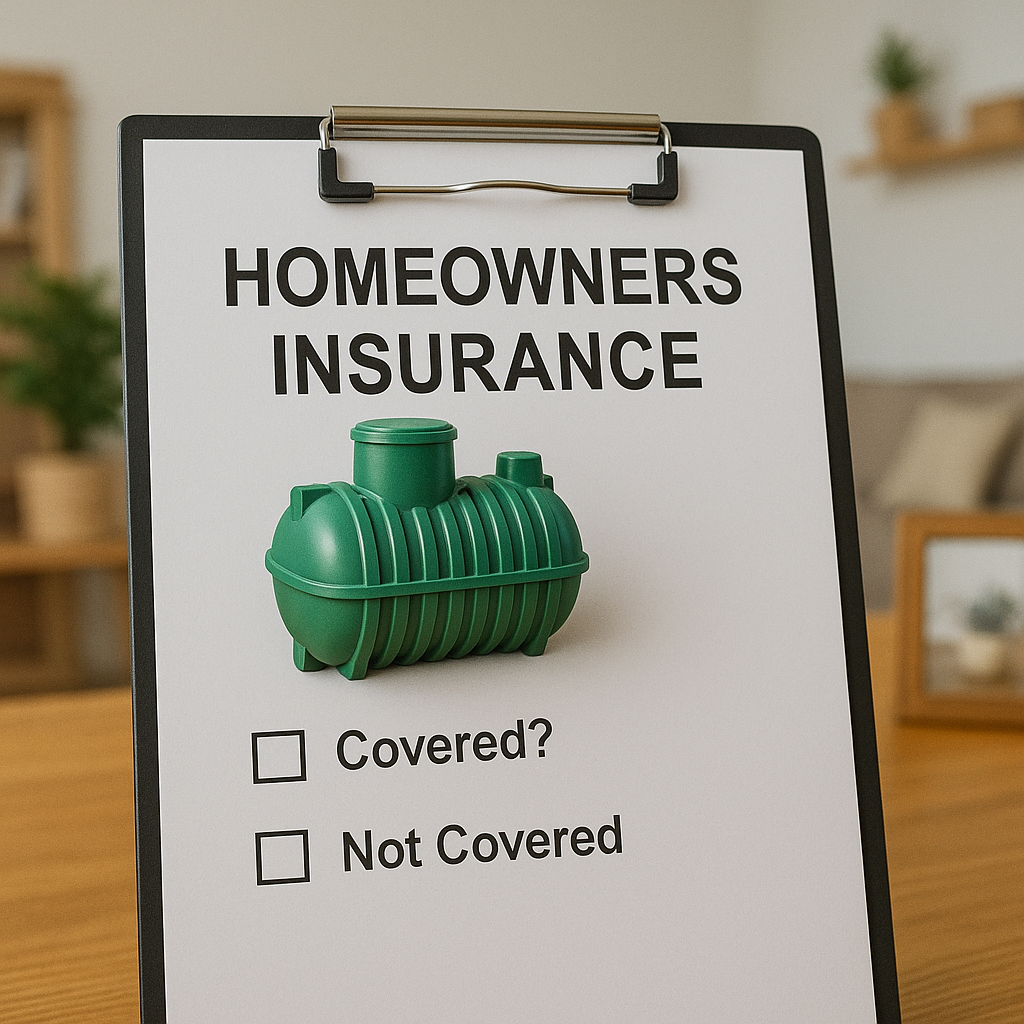
What is a Leach Field? What is the Difference Between a Leach Field vs Drain Field?
November 2, 2024
When discussing septic systems, you may encounter the terms "drain field" and "leach field." While these terms are often used interchangeably, they refer to the same part of a septic system. However, the choice of terminology may vary based on regional preferences, professional language, and slight technical nuances. In this blog post, we’ll clarify the differences (if any), explain the terminology, and dive deeper into the role of the drain field or leach field in your septic system’s overall performance.
What Is a Drain Field or Leach Field?
In both cases, a drain field (or leach field) refers to the area where wastewater is dispersed and filtered after it leaves the septic tank. The drain field consists of a series of perforated pipes that allow effluent (liquid waste) to flow out of the septic tank and into the surrounding soil. As the wastewater percolates through the soil, it is naturally filtered and treated by microorganisms before entering the groundwater system.
In some regions, professionals may use the term "leach field" to refer specifically to the network of trenches or chambers where wastewater is dispersed, while "drain field" might refer to the overall system, including both the pipes and the surrounding soil. However, for most homeowners, the terms are synonymous, and the underlying function is the same: to safely treat and disperse wastewater.
Why Are There Two Terms?
The terms "drain field" and "leach field" have their origins in different practices and regional language differences. In some areas, such as the western United States, "leach field" is the preferred term, while "drain field" is more commonly used in the eastern United States. The choice of terminology may also depend on local codes, industry standards, or even the specific design of the system.
From a technical perspective, the word "leach" refers to the process by which liquids are filtered through the soil, while "drain" refers to the movement of liquid away from the septic tank. Therefore, both terms are accurate in describing the system, and the choice of term doesn’t typically reflect a major difference in function.
The Function of a Drain Field/Leach Field
Regardless of the terminology, the function of the drain field or leach field is the same. It plays a vital role in filtering and dispersing wastewater, ensuring that contaminants are removed before the water enters the groundwater system.
Here’s how it works:
1. Effluent Distribution:
Once wastewater enters the septic tank, solids settle at the bottom to form sludge, and oils float to the top to form scum. The remaining liquid, called effluent, flows out of the septic tank and into the drain field through a series of perforated pipes. These pipes are buried in trenches filled with gravel or other filtering materials.
2. Soil Filtration:
As the effluent flows through the perforated pipes, it seeps out into the surrounding soil. The soil acts as a natural filter, removing harmful bacteria, viruses, and other contaminants from the wastewater. Microorganisms in the soil help break down organic matter, while nutrients such as nitrogen and phosphorus are absorbed by plants or converted into gases.
3. Groundwater Protection:
By filtering the effluent before it enters the groundwater, the drain field prevents harmful contaminants from reaching drinking water sources, rivers, lakes, and streams. This process is essential for protecting public health and the environment.
The Anatomy of a Drain Field or Leach Field
The design of a drain field or leach field typically includes the following components:
1. Perforated Pipes:
These pipes are laid in trenches and are designed to allow effluent to flow out evenly into the surrounding soil. The pipes are perforated with small holes, which control the flow of wastewater and ensure that it is distributed evenly across the drain field.
2. Trenches:
The pipes are buried in trenches, which are filled with gravel or another filtering material. The trenches help to distribute the effluent evenly and allow for adequate filtration before the wastewater reaches the soil.
3. Soil:
The soil in the drain field plays a critical role in filtering and treating the wastewater. Different types of soil have varying absorption rates, with sandy soils providing the best filtration, while clay soils may drain too slowly.
Are There Any Differences Between a Drain Field and a Leach Field?
In terms of function and design, there is little to no difference between a drain field and a leach field. Both systems serve the same purpose and rely on the same principles of wastewater filtration and treatment. The difference in terminology is largely a matter of regional preference and professional language.
In some cases, however, professionals may use the term "leach field" to refer to a specific type of system that uses chambers or trenches, while "drain field" may refer more generally to any system that disperses effluent into the soil. This distinction is rarely important for homeowners, but it can be useful to know when discussing system design or repairs with a septic professional.
Why Understanding the Terminology Matters
While the difference between a drain field and a leach field may seem insignificant, understanding the terminology can help you communicate more effectively with septic professionals. It’s also useful when reviewing local regulations or maintenance guidelines, as different areas may use different terms to describe the same system. Knowing the proper terminology can also help you understand how your system works and what type of maintenance it requires.
For example, some homeowners may not realize that their "leach field" is the same as the "drain field" their septic professional refers to during an inspection. This can lead to confusion about maintenance tasks or the scope of repairs. By understanding that these terms are interchangeable, you can avoid misunderstandings and ensure that your septic system receives the proper care.
Conclusion
Whether you call it a drain field or a leach field, the function is the same: it’s the part of your septic system responsible for filtering and dispersing wastewater. Understanding the terminology can help you communicate more effectively with septic professionals and ensure that your system is maintained properly.
While regional preferences may dictate which term is used, there is no significant difference between the two in terms of design or function. Both systems rely on the same principles of soil filtration and wastewater treatment, making them essential for protecting public health and the environment.
At Drainfield Solutions in Central Virginia, we know the critical role a well-maintained septic system plays in your home's and the environment's health. Our dedicated team of professionals is here to ensure your system receives the expert care it needs to operate efficiently and comply with all state regulations. Whether it's routine pumping, detailed inspections, or comprehensive system evaluations, we are committed to helping you avoid expensive repairs and prolong the life of your septic system.
Regular maintenance can prevent future problems and keep your home safe, clean, and running smoothly. If you're ready to schedule your septic system service or have questions about your system, visit our contact page to schedule an appointment with us today or by calling 804-633-1808. We're here to help homeowners Caroline County, Spotsylvania County, Hanover County, Stafford County, King George County, and Louisa County maintain reliable and effective septic systems.
Share Post
Latest Posts
Ready to Take the Next Step?
Whether you're in need of a system inspection or regular maintenance, Drainfield Solutions is here to help. Get in touch today for reliable service you can trust.






